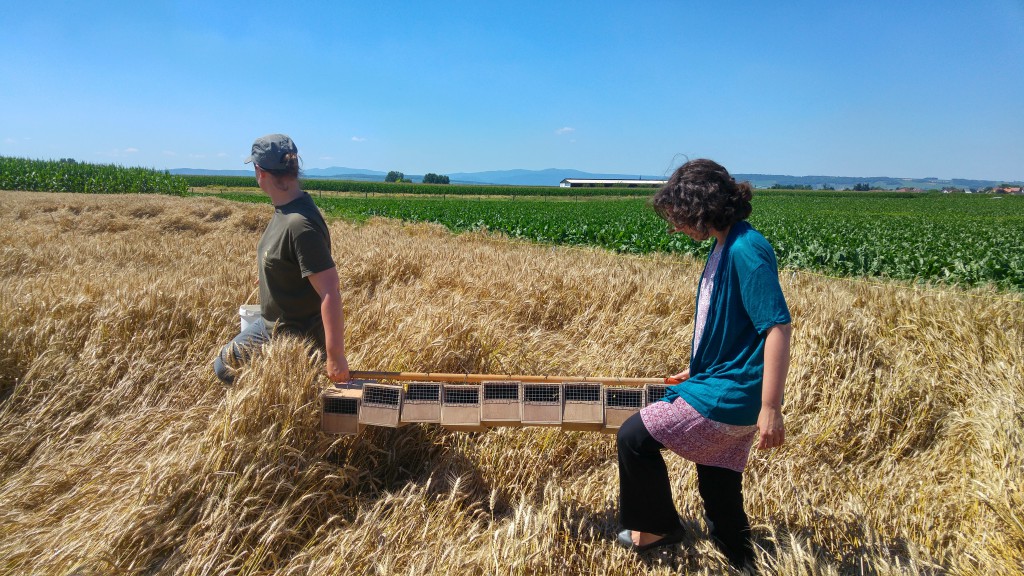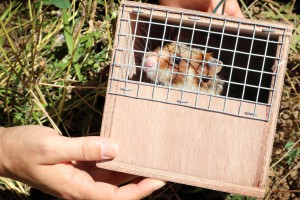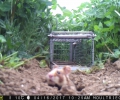Encouraging burrow count results
12 juillet 2018In April and May 2018, the Office national de la chasse et de la faune sauvage or ONCFS (National Hunting and Wildlife Bureau) carried out a count of European hamster burrows using a semi-exhaustive enumeration protocol. This count, comparable to spring counts in previous years, does not directly indicate hamster numbers but rather measures population trends by monitoring an abundance index (number of hamster burrows in favourable crop areas when the hamster emerges following hibernation).
An upward trend
The spring 2018 results confirm that populations are on the increase, with 685 burrows recorded against 523 in 2017, and 400 in 2016. With a range of around 2,000 hectares, the species’ distribution range is back its 2012 level, although a higher number of burrows were recorded (685 against 309). The total population of wild hamsters in the spring is estimated at approximately 1,000 individuals still present on just over 2,000 hectares of farmland in 20 or so Alsatian municipalities.
A population that remains below the viability threshold
Even if results are encouraging, the European hamster population is still largely below the viability threshold, which means that conservation efforts must be continued (habitat restoration, release of captive-bred European hamsters) to improve the species chances of survival and reproduction success. It is estimated that the viability threshold of the European hamster in Alsace is around 1,500 individuals per population.
Inspiring results for partners
The increase observed over the last three years encourages partners involved in the conservation of the species (LIFE Alister partners, the farming profession, the municipalities concerned, environmental protection associations, along with government agencies and public bodies) to continue their efforts to safeguard the species over the long term.
LIFE Alister activities are a source of inspiration
In the framework of this programme, which is 50% funded by Europe, several research studies and areas of work have been set up, making it possible to move forward in terms of knowledge of the animal and its habitat as well as agricultural practices and innovations that promote biodiversity conservation.
The new NAP (national action plan) for the conservation of the European hamster, coordinated by DREAL Grand Est (Regional Directorate for the Environment, Development and Housing – Greater Eastern Region) is currently being finalised. This plan will make it possible to continue many measures introduced during the LIFE Alister project.





